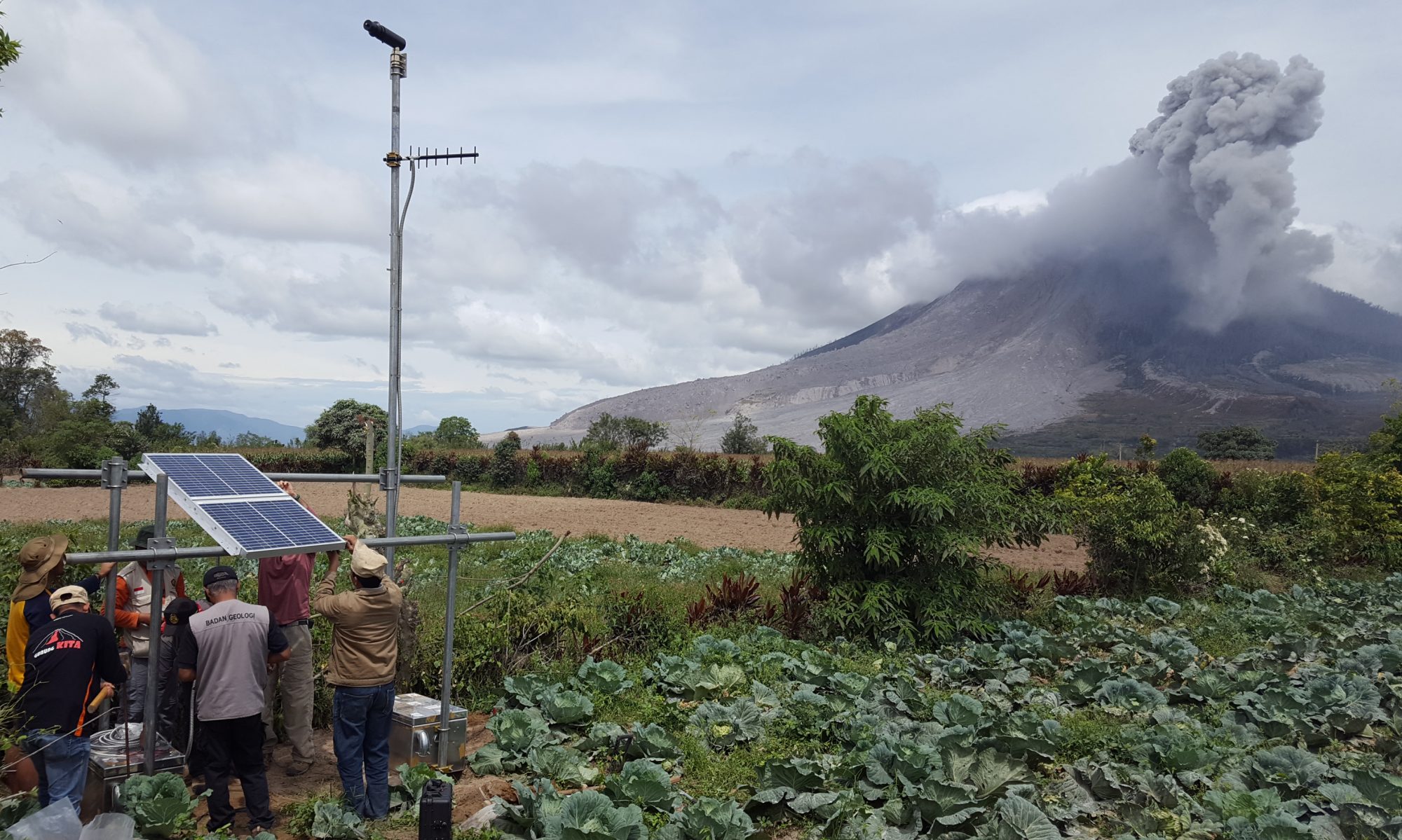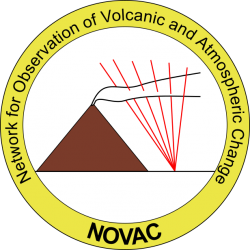In April 2018, volcano gas geochemists from around the world gathered in Peru for the 6th workshop of the Network for Observation of Volcanic and Atmospheric Change (NOVAC). Organized by the Volcano Disaster Assistance Program (VDAP) in collaboration with the Peruvian Instituto Geológico Minero y Metalúrgico (INGEMMET), the workshop provided participants with an opportunity to share their experiences in gas monitoring strategies and data interpretation. One area of particular interest to the global community is the applicability of novel low-cost ultraviolet imaging systems for volcanic gas monitoring. A new article by Tehnuka Ilanko and co-authors appearing in the open-access journal Volcanica describes the results of a comparison between PiCam UV cameras and the NOVAC DOAS network, with both techniques being used to measure SO2 emissions from Sabancaya volcano during the NOVAC workshop field trip on 27 April 2018. Mean SO2 emission rates were largely consistent between the two techniques, with remaining differences likely due to wind speed estimates and sampling rate. The study highlights the importance of accurate light dilution and wind speed determination in SO2 retrievals and suggests that co-location of UV cameras with permanent scanning spectrometers would be valuable, especially in providing accurate wind speeds.
https://doi.org/10.30909/vol.02.02.239252

